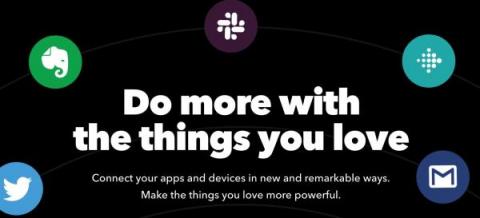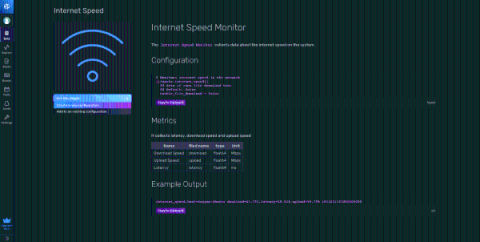Monitoring Your Smart Home with InfluxDB and IFTTT
Do you have a bunch of smart home devices, such as IoT devices like smart switches, cameras, doorbells, alarm systems or appliances? Have you ever wanted to monitor and send events from those devices to InfluxDB? And wouldn’t it be amazing if you could do that with zero coding? With IFTTT Webhooks, you can! Let’s dive in.











